About International Research Center for Austronesian Archaeology
en.ptnet.cn | Updated:2025-06-09 | Lin Kongbo, StephanieIntroduction
To explore key research topics such as prehistoric human behavior patterns, the relationship between human activities and environmental changes, cross-Straits cultural exchanges in the Taiwan Straits region, and the cultural ties between Fujian and Taiwan, while deepening the historical and cultural value of the Pingtan Comprehensive Pilot Zone, the Institute of Archaeology at the Chinese Academy of Social Sciences, Fujian Museum, and the Pingtan Comprehensive Pilot Zone Administrative Committee jointly established the International Research Center for Austronesian Archaeology in Pingtan in September 2017. Officially inaugurated on November 7, 2017, the center has made significant progress in infrastructure upgrades and archaeological research over the past two years.
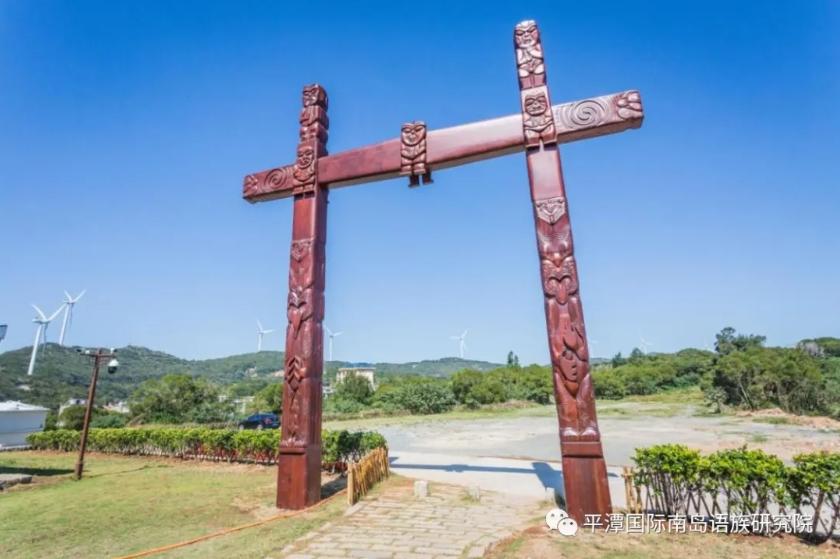
Entrance of the International Research Center for Austronesian Archaeology
Since its establishment, prestigious institutions such as Xiamen University and Fujian Normal University's Southeast Environmental Archaeology Research Center have designated the center as a key research and teaching hub. Additionally, Minzu University of China, Xiamen University of Technology, Fuzhou University's Min Business School, Fujian University of Technology's School of Architecture and Urban Planning, and Tsinghua University's Tongheng Urban Planning & Design Institute are set to establish research and internship facilities at the center.
On November 29, 2019, the High-Level Symposium on Austronesian Archaeological Research was held in Pingtan, attracting over 40 experts and scholars from across China. The event, co-hosted by the ingtan Comprehensive Pilot Zone Administrative Committee, the Institute of Archaeology at the Chinese Academy of Social Sciences, and Fujian Museum, aimed to advance archaeological and cultural heritage initiatives in Pingtan.
The symposium also featured the unveiling of:
- Cross-Straits Austronesian Archaeology Field School
- Keqiutou Provincial Archaeological Site Park
- Fujian Normal University's Southeast Environmental Archaeology Center
These initiatives seek to consolidate academic efforts and elevate Pingtan's global profile in Austronesian research.
Center Overview
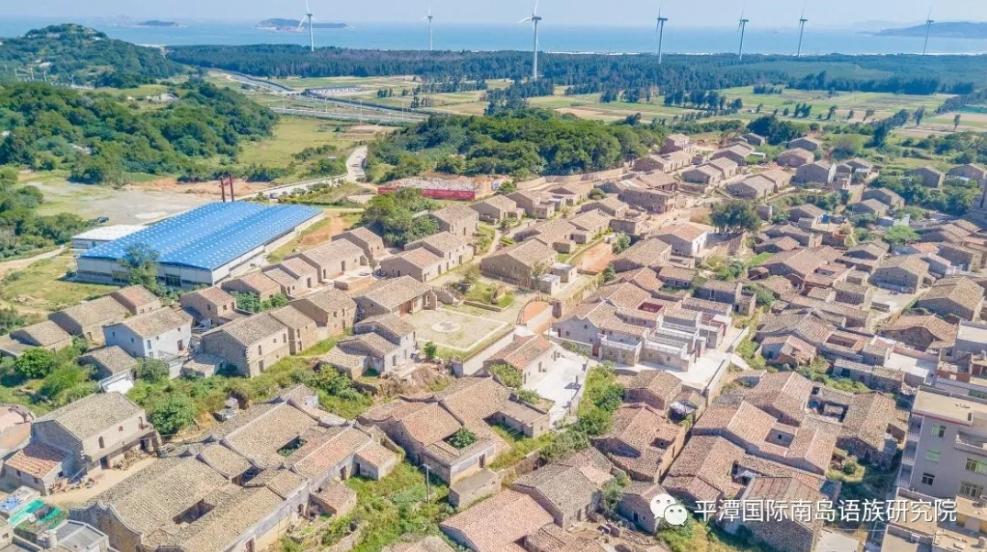
Bird's eye view of the International Research Center for Austronesian Archaeology
The facility comprises four main zones:
1. Research Zone
- Dedicated offices for partner institutions
- Artifact storage and restoration labs
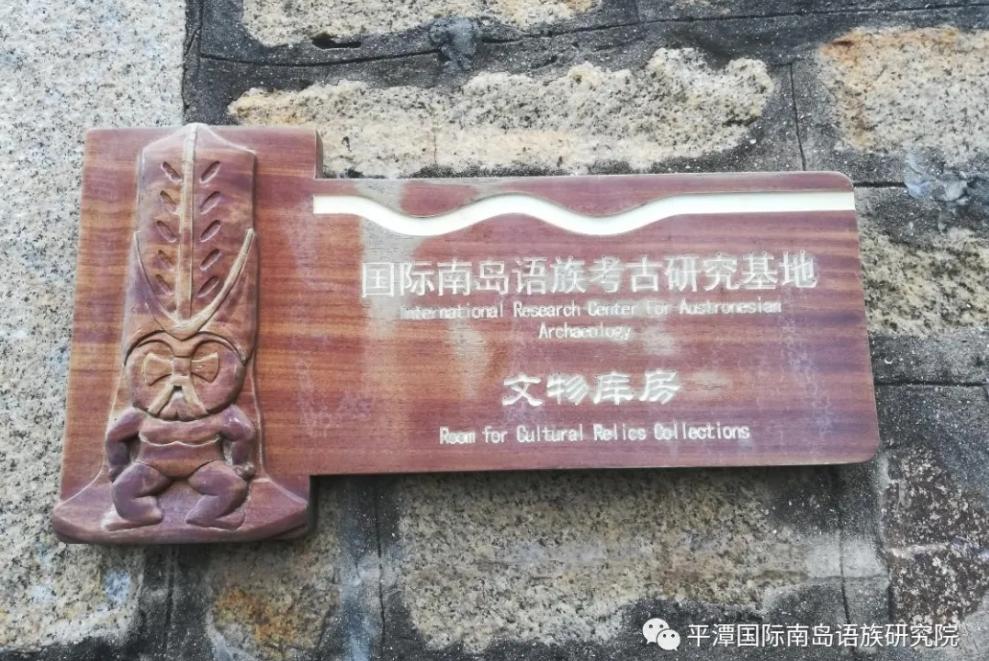
Artifact storage room at the research center
2. Exhibition Zone
- Archaeological Site Park Planning Hall
- Maritime Silk Road Relics Gallery
- Prehistoric Sites Exhibition Hall
- Pingtan Folk Culture Gallery
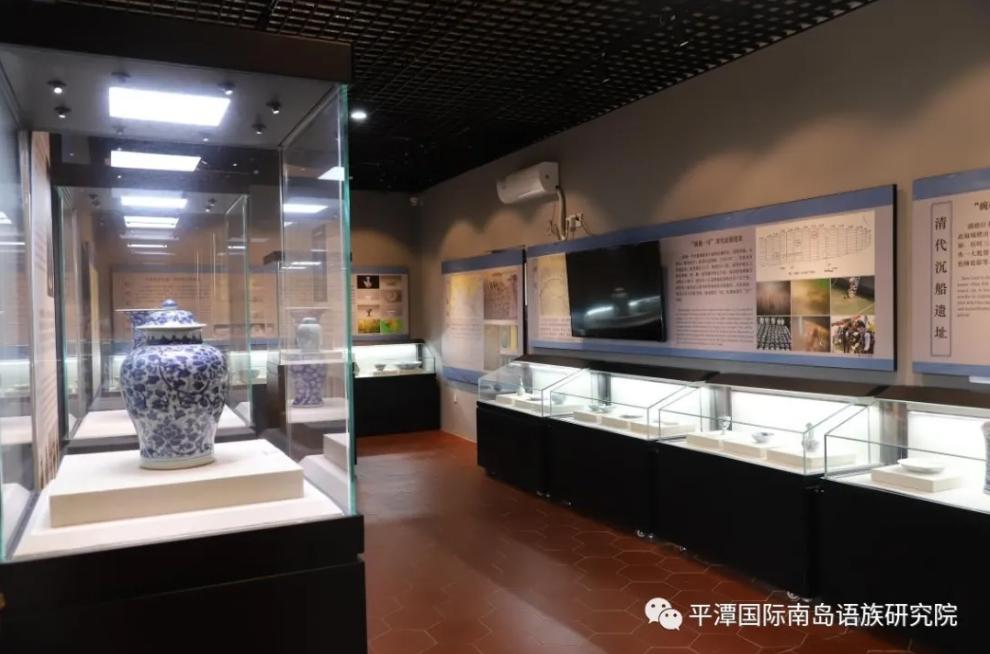
Maritime Silk Road Relics Gallery
3. Guishan Site Preservation Zone
- Covers 100,000 m², with 600 m² excavated
- Protected by a 2,000 m² shelter
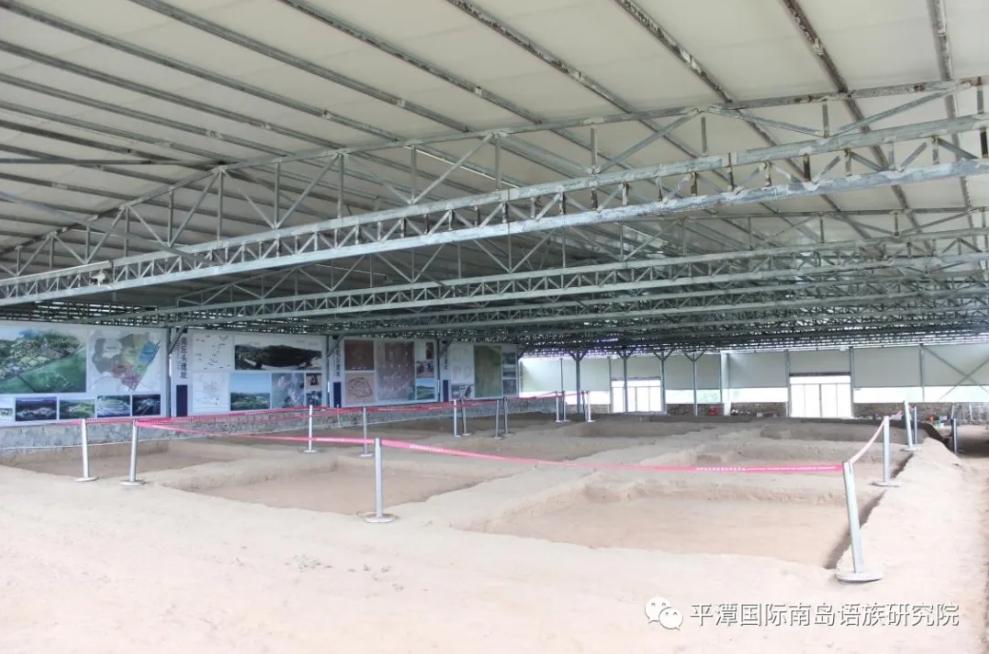
Guishan Site Preservation Shelter
4. Living & Service Zone
- Dining hall, laundry, table tennis room, and residential quarters for researchers
-Upcoming additions: gym, bookstore, cultural creative shop, and convenience store
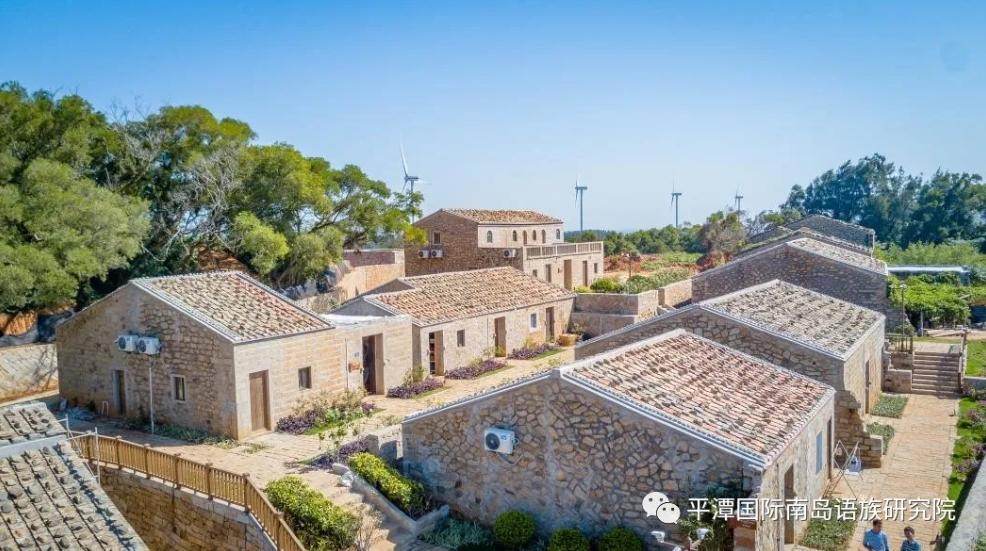
Residential area for visiting scholars
Core Functions
- Archaeological hub for prehistoric sites in Fujian-Taiwan and Southeast China
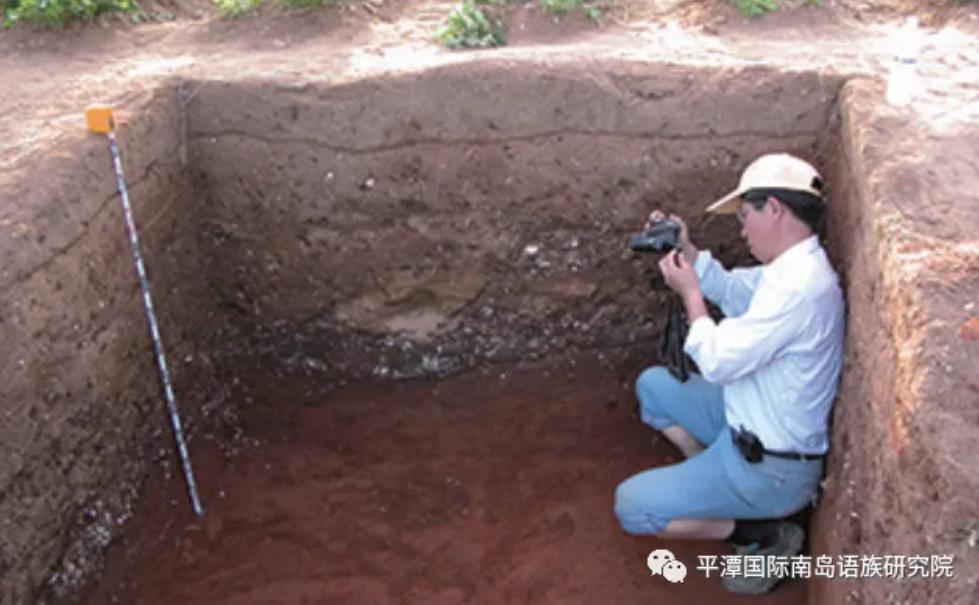
Archaeologists at work
- Research center for "Origins and Dispersal of the Austronesian Peoples"
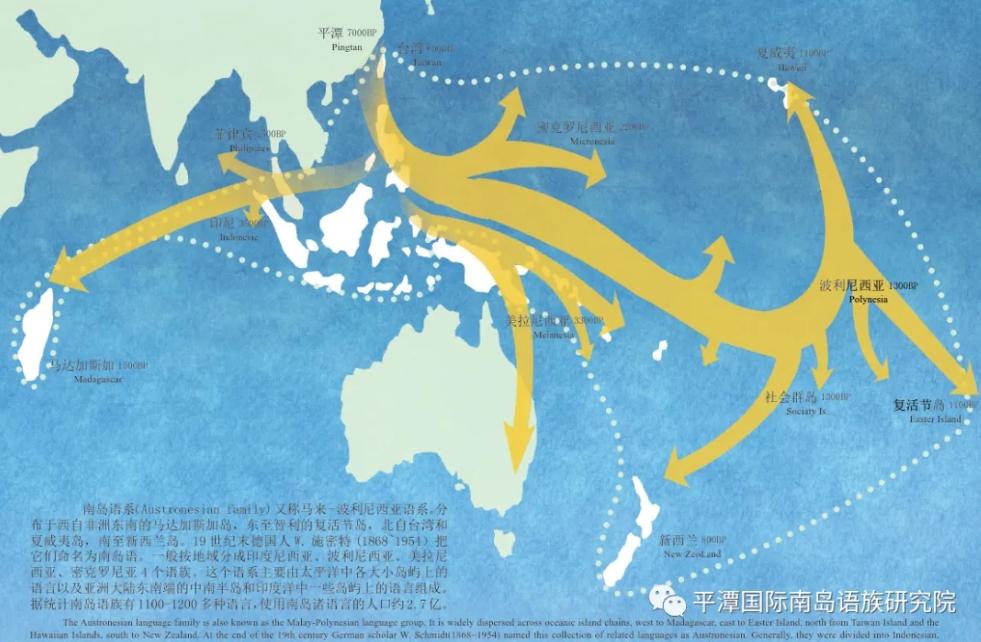
Map of Austronesian migration routes
- Academic exchange platform for global Austronesian researchers
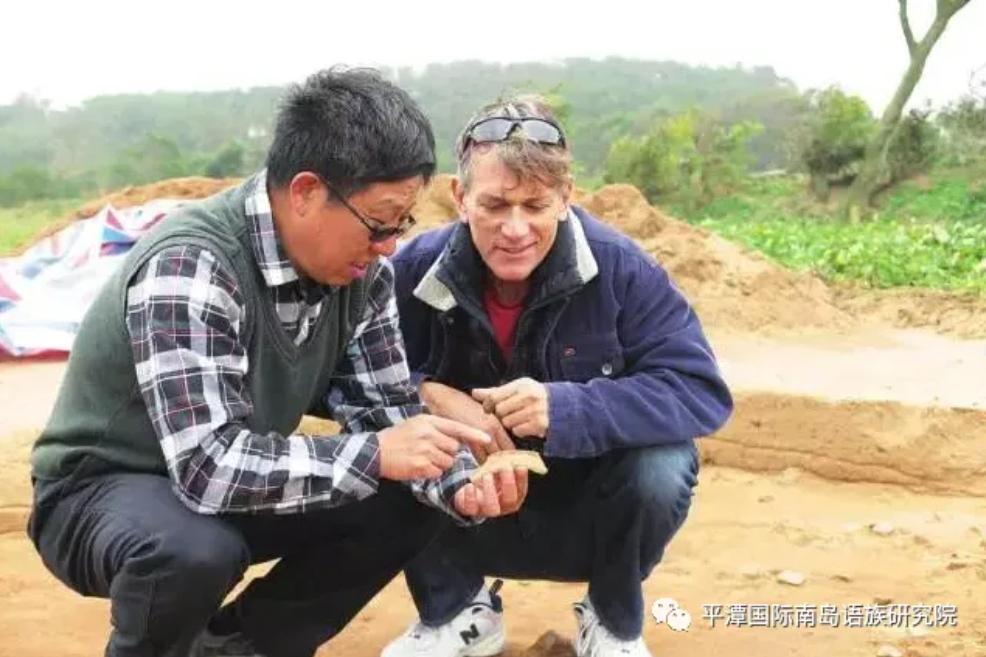
Director Fan Xuechun and U.S. archaeologist Dr. Rolett inspecting Guishan Site
- Integrated research center for artifact preservation, restoration, and display
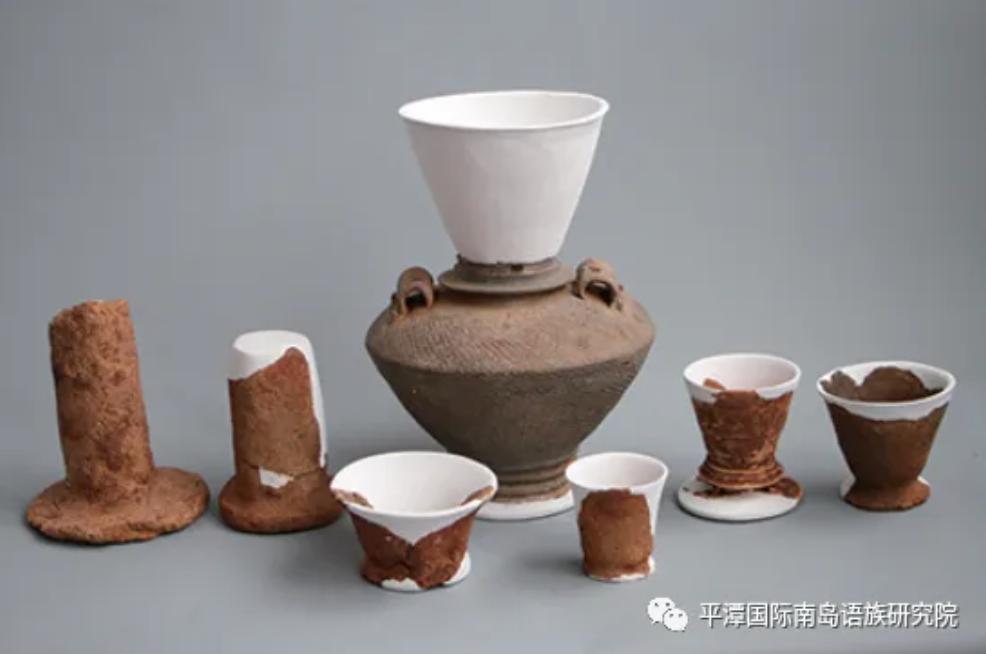
Pottery fragments from Shengloushan Site
- Training ground for museum professionals and archaeology students
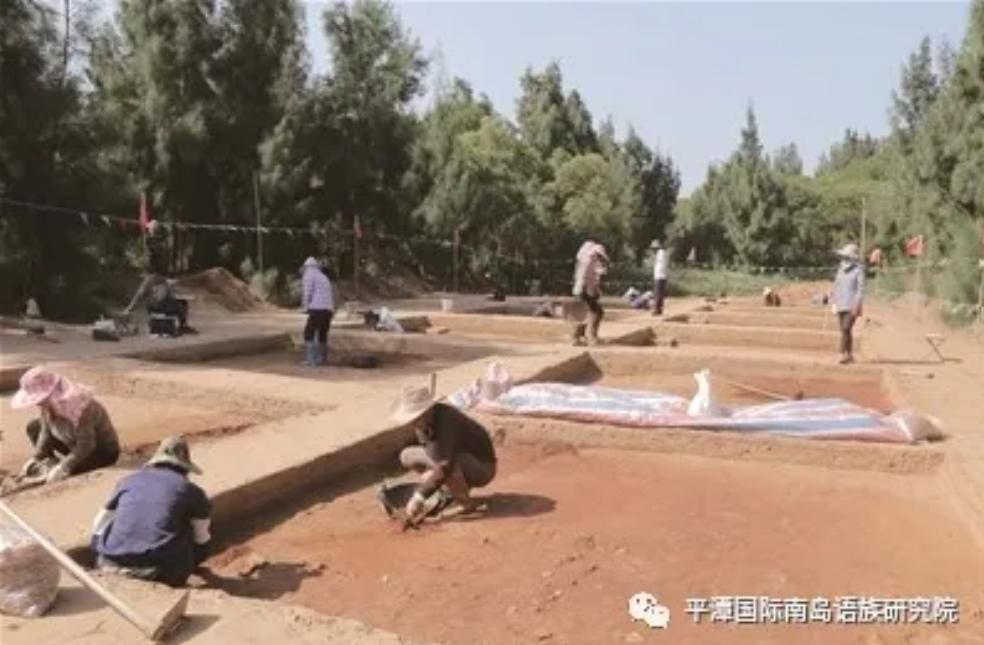
Xiamen University field school conducting excavations
- Public education center for history and culture
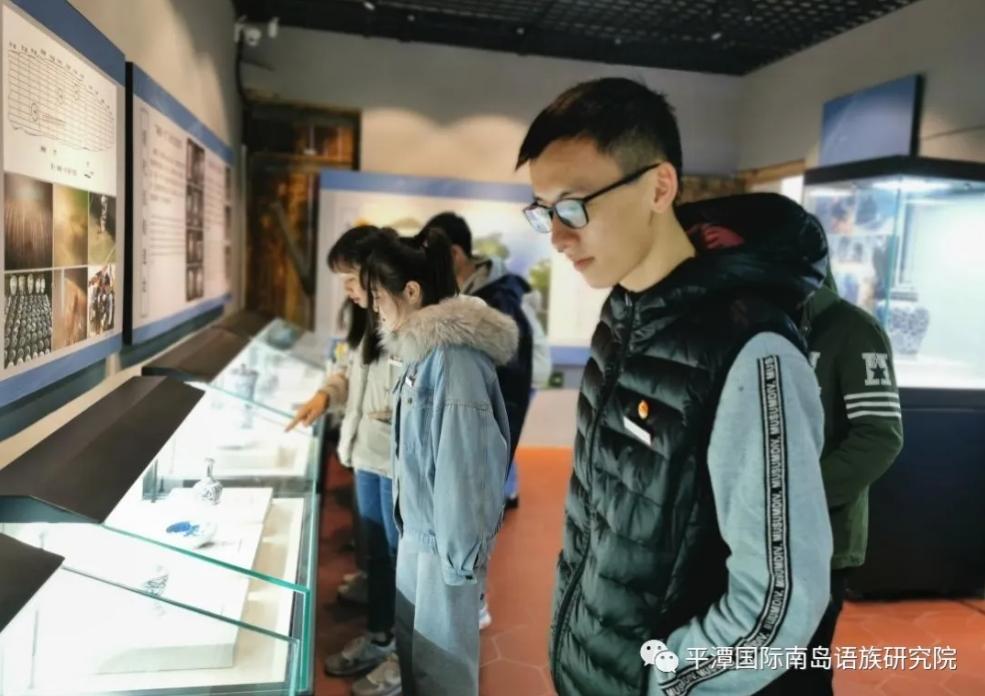
Students from Fujian Polytechnic of Information Technology visiting the exhibition
- Cultural tourism destination
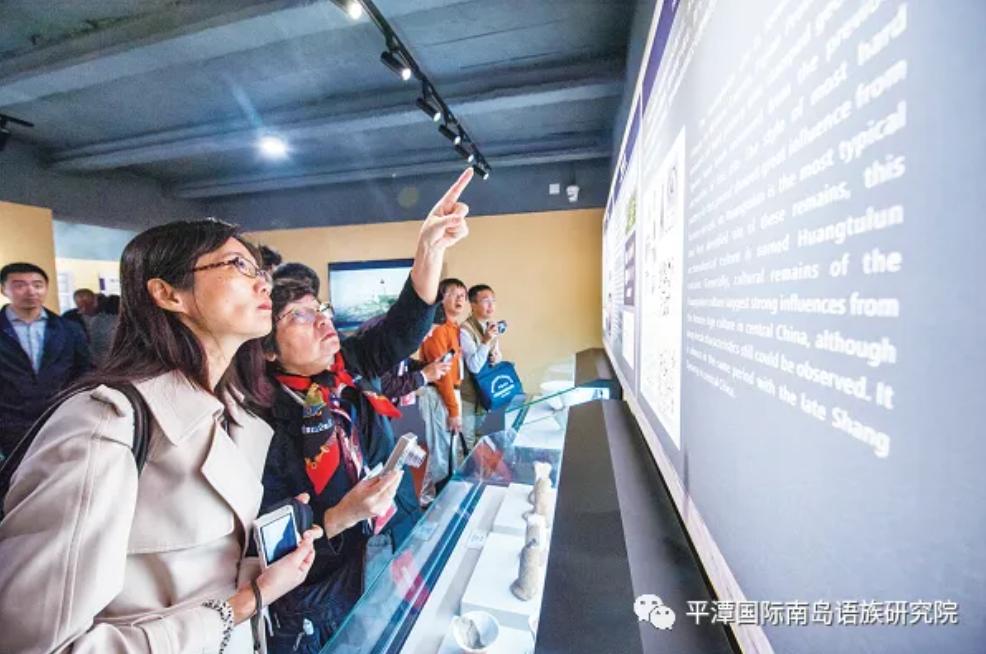
Visitors engaging with Austronesian cultural displays
Key Operations

Aerial view of the research center entrance
1. Conduct archaeological surveys and excavations in Fujian and neighboring regions, with a focus on Pingtan. Publish findings promptly.
2. Advance cultural heritage preservation, elevating Pingtan's efforts to national and international standards.
3. Secure state-level research funding and host domestic/international academic conferences to boost Pingtan's cultural influence.
4. Promote public awareness of Fujian's ancient heritage and support cultural tourism initiatives
Future Plans
(1) Keqiutou Archaeological Site Park
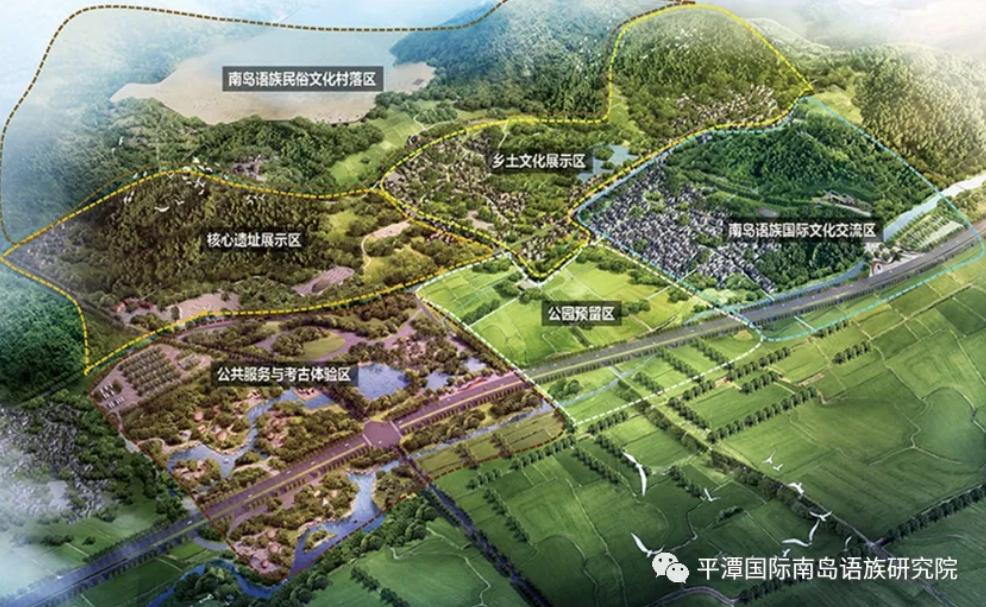
Aerial view of the planned Keqiutou Archaeological Site Park
Located in Nanlong Village, Pingtan Comprehensive Pilot Zone, the Keqiutou Site is the earliest Neolithic coastal settlement in Fujian, surrounded by a vast cluster of Neolithic to Bronze Age ruins. Designated as part of the 8th National Key Cultural Heritage Protection Units, the "Pingtan Prehistoric Sites" (with Keqiutou as its core) will be developed into the Keqiutou Archaeological Site Park—a project to strengthen cultural preservation, boost international tourism, and align with China's Belt and Road Initiative.
Park Vision:
A cultural hub merging Keqiutou's heritage with Austronesian studies.
An open-air museum showcasing evidence of Austronesian origins.
Layout:
The 278-hectare park will feature six zones:
Public Services & Archaeological Experience Area
Core Site Exhibition Zone
International Austronesian Cultural Exchange Zone
Austronesian Folk Culture Village
Local Heritage Display Zone
Reserved Area for Future Expansion
Recognized in 2018 as one of Fujian's first provincial-level archaeological parks, the site aims to become the world's first Austronesian-themed archaeological park within 3–5 years.
(2) Underwater Archaeological Site Park
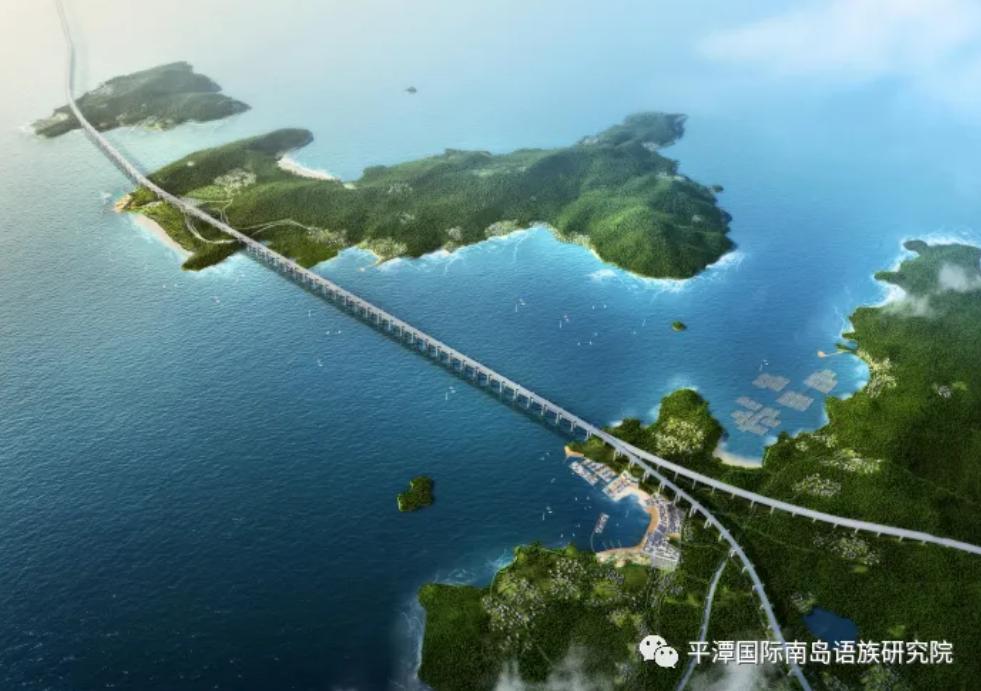
Pingtan Straits Rail-cum-Road Bridge connecting Dalian Islet, Xiaolian Islet, and Haitan Island
The Haitan Strait—a critical segment of the Maritime Silk Road—has served for centuries as a navigational passage for mid-sized vessels seeking shelter, fresh water, and trade routes. Its treacherous waters, riddled with reefs and seasonal storms, have claimed countless ships, leaving behind a rich underwater legacy. Discoveries include ceramics from the Jingdezhen, Longquan, and Min River kilns, tracing export routes to Southeast Asia.
Key Shipwreck Sites:
"Wan Jiao No. 1" (碗礁一号)
"Wan Jiao No. 2" (碗礁二号)
"Dalian No. 1" (大练一号)
7 additional wrecks spanning the Five Dynasties to Qing Dynasty (10th–19th centuries).
Excavations have uncovered wooden hull fragments, bulkheads, and scattered porcelain—tangible proof of ancient maritime trade.
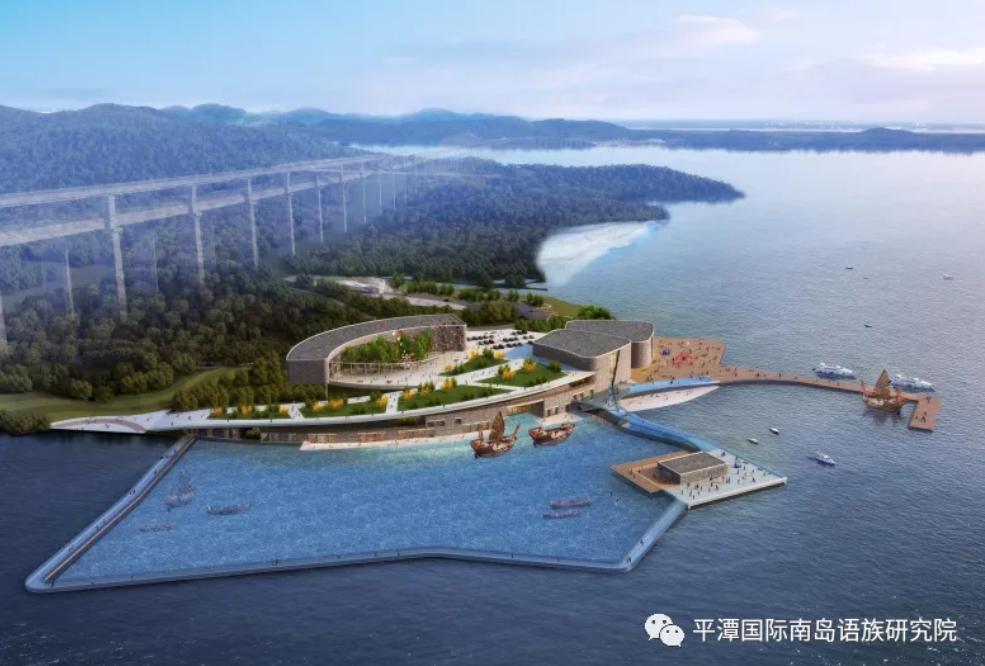
Conceptual rendering of the Underwater Archaeological Site Park
Next Steps:
Establish a Fujian Underwater Archaeology Research Center in Pingtan.
Develop a world-class underwater heritage museum to oversee research, conservation, and training for sites across the Haitan Strait, Taiwan Straits, and East China Sea.
Position Pingtan as a national hub for underwater archaeology in southern China.
(3) University Partnership Program
In October 2019, the Cross-Straits Austronesian Archaeology Field School was launched. Moving forward, the research center will collaborate with Xiamen University and other institutions across Fujian and China to host student internships, fostering academic exchange and advancing Pingtan's role in Austronesian studies.
(Source: the International Research Center for Austronesian Archaeology)

